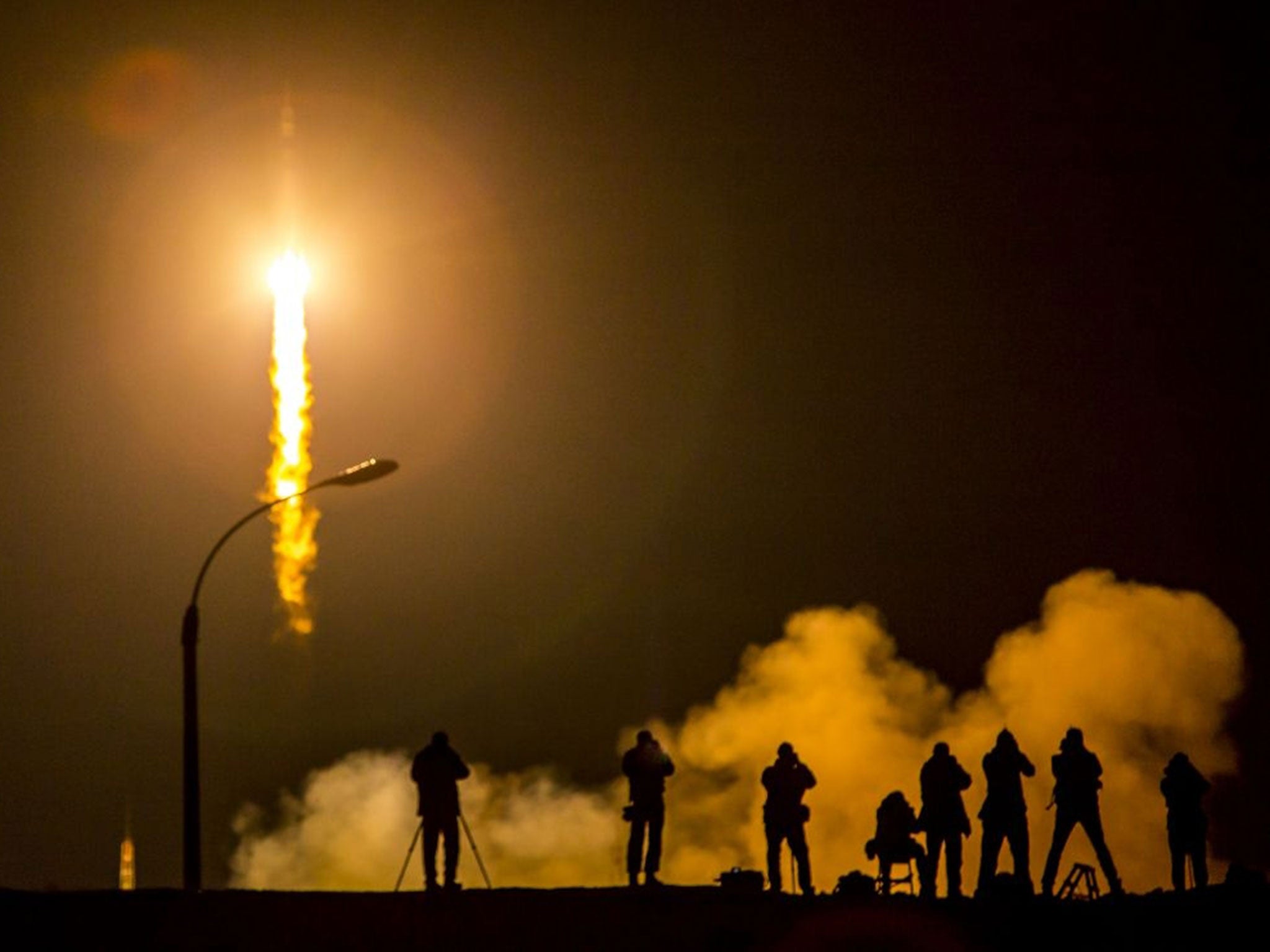Russian spacecraft plunging towards Earth: are we all doomed?
Probably not, since the capsules are made to be destroyed as they had back towards Earth

Your support helps us to tell the story
From reproductive rights to climate change to Big Tech, The Independent is on the ground when the story is developing. Whether it's investigating the financials of Elon Musk's pro-Trump PAC or producing our latest documentary, 'The A Word', which shines a light on the American women fighting for reproductive rights, we know how important it is to parse out the facts from the messaging.
At such a critical moment in US history, we need reporters on the ground. Your donation allows us to keep sending journalists to speak to both sides of the story.
The Independent is trusted by Americans across the entire political spectrum. And unlike many other quality news outlets, we choose not to lock Americans out of our reporting and analysis with paywalls. We believe quality journalism should be available to everyone, paid for by those who can afford it.
Your support makes all the difference.A Russian space cargo capsule is spinning around in space, headed down towards Earth after a failed attempt to dock with the International Space Station. But while it is a nightmare scenario for flight controllers, the craft probably poses little risk to those on the ground, or in space.
As the agencies in charge of it are unable to make contact with the ship, and it is running out of fuel, it is being pulled back towards the Earth. But that is not unlike what normally happens to the Progress capsules, which are designed to burn up as they re-enter the Earth’s atmosphere.
On successful missions, the capsules dock with the ISS and the astronauts take the supplies off and refill it with waste to be disposed of. Eventually it is detached from the space station and the thrusters send it back towards the Earth, where it is designed to burn up on re-entry somewhere over the Pacific Ocean.
This time around, the ship is still carrying the supplies that it was sent up to carry, including fuel and oxygen, as well as equipment for the six astronauts on the space laboratory. But the process will still be much the same — as it heads back into space, out of control, the drag and the heat will rip the capsule apart and mostly destroy it.
But it is still unlikely to cause problems. Since the chance of anything landing in an inhabited area is so low, and there will be little if any of the capsule left, the chances are that Progress’s problems will be an expensive and embarrassing mishap rather than a tragic disaster.
Join our commenting forum
Join thought-provoking conversations, follow other Independent readers and see their replies
Comments